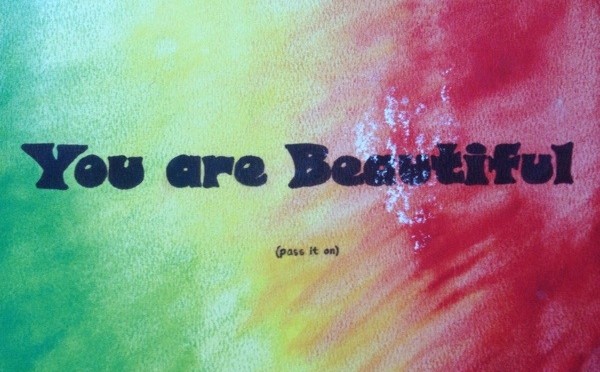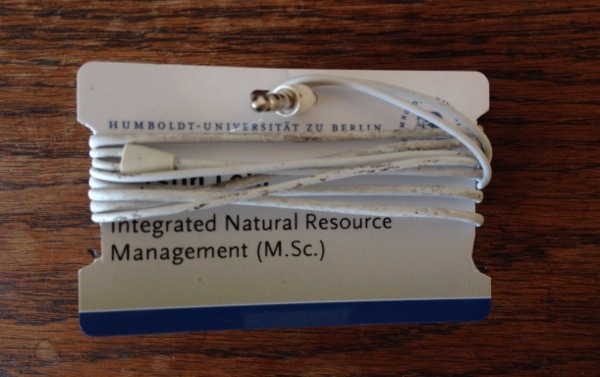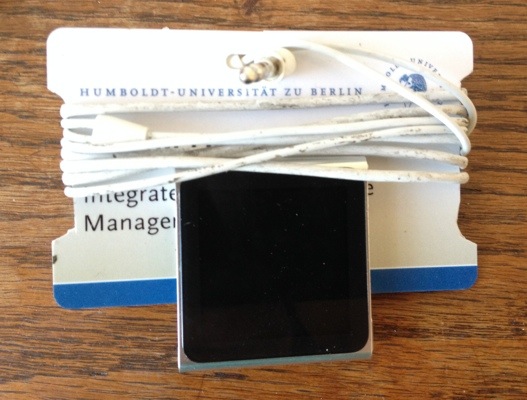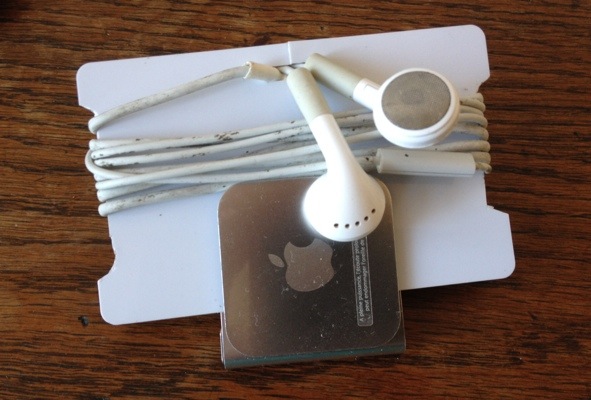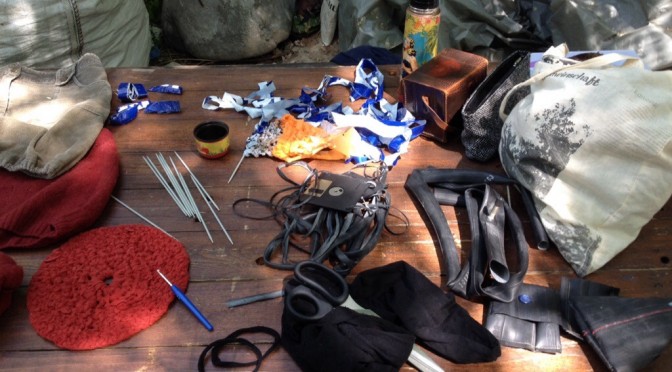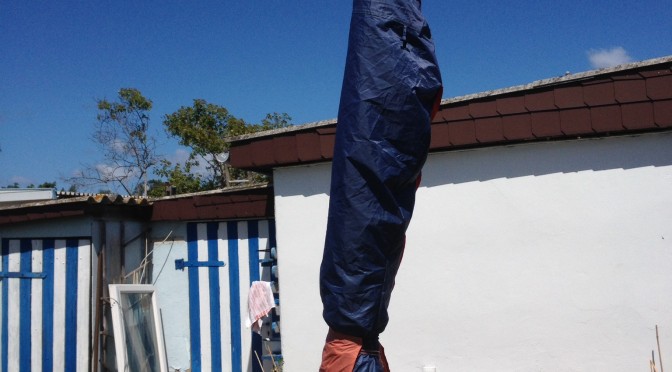For anyone interested in sustainable design of gardens and other human-environmental ecosystems I can recommend this free Permaculture design course www.permaculturedesigntraining.com.
Permaculture offers practical techniques to find sustainable solutions and promotes creation rather than consumption.
PermaWHAT? The word derives from Permanent Agriculture and was coined by Australian Bill Mollison and Japanese Masanobu Fukuoka. A fundamental aspect of Permaculture is observation and designing with nature. Some call it “edible landscaping”. Others include urban structures and housing as well as social aspects of community management (e.g. non violent communication). It is a holistic method – but you can pick and choose also and it is much applied in creating gardens. Well that is how it got me started – It really makes sense and has the tendency to inspire other parts of your life. I started off with a herb spiral in my own garden, took the online course and am now going to participate in a community project for rural food security in Madagascar.
Now back to the course: There are around 40 video lectures with different teachers on designs, patterns, plants, climates, soils and water. These will give you an idea about gardening the Permaculture way. One method presented is e.g. a plant guild which is a form of polyculture with plants of different function, size and needs (rather than monoculture where there is just one plant prone to diseases and soil degradation). Those plants exchange nutrients, attract pollinators, improve the soil and provide food. This is basically a way of imitating nature patterns – just that the plants are edible and at your doorstep. There is a beautiful free ebook on plant guilds e.g. the walnut guild here www.midwestpermaculture.com. Permaculture makes you look at nature in a different way.
Design to harvest sunlight.
Diversity of plants, local focus, resilient systems, perennial species and use of edges are some of the key principles. The other 40 course videos are on greywater system, housing, social permaculture, urban applications and offer some site visits. There is also a forum to ask questions and for those interested can take a test and get an official PDC certificate.
Permaculture sums up indigenous knowledge and many techniques where practiced by former advanced civilizations like the Mayas or Inkas. Nowadays the internet facilitates a global knowledge exchange and network. Be inspired.
Start creating abundance!




